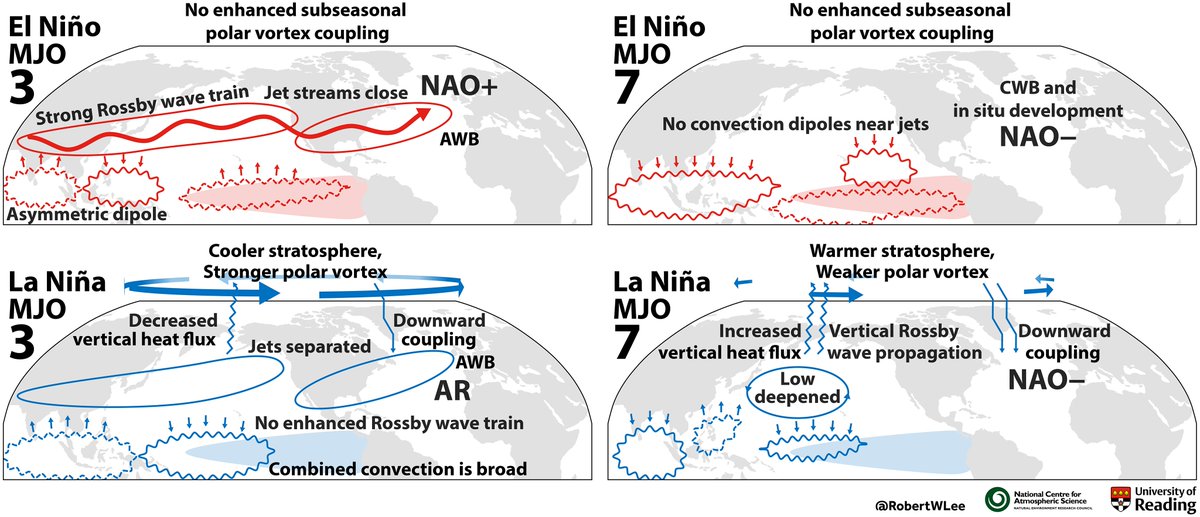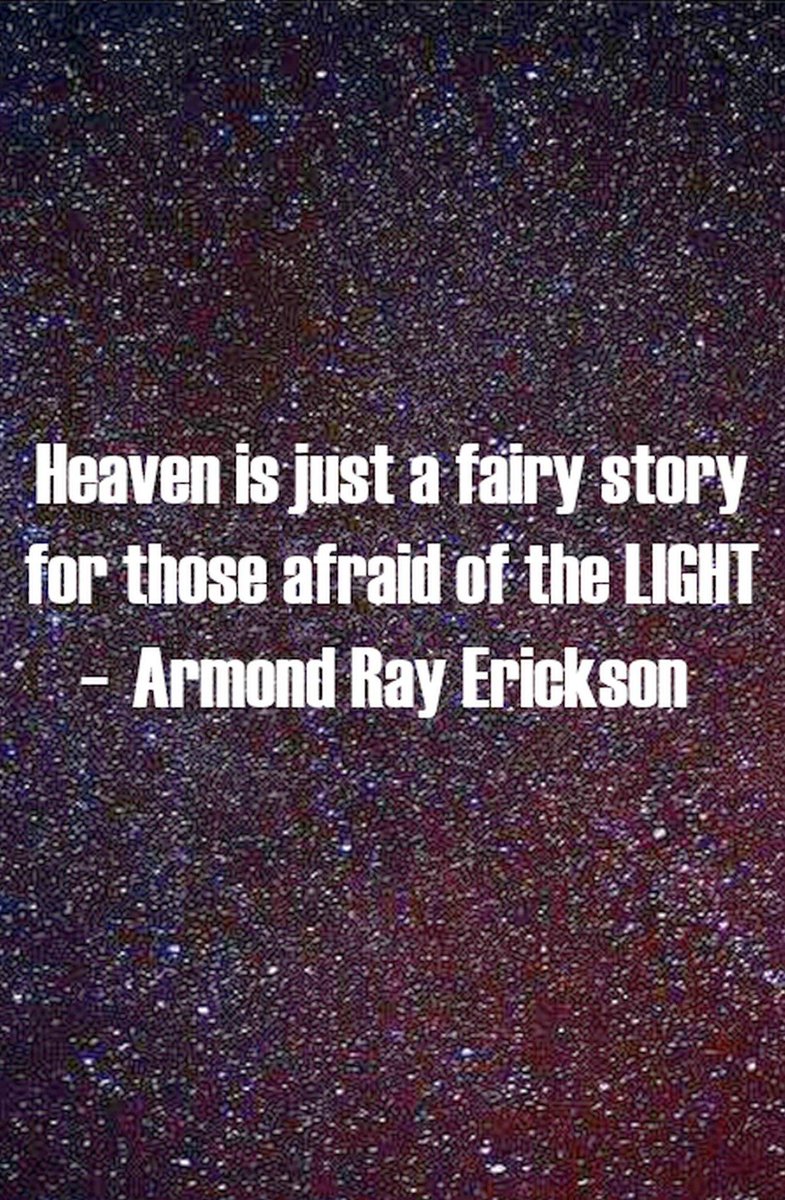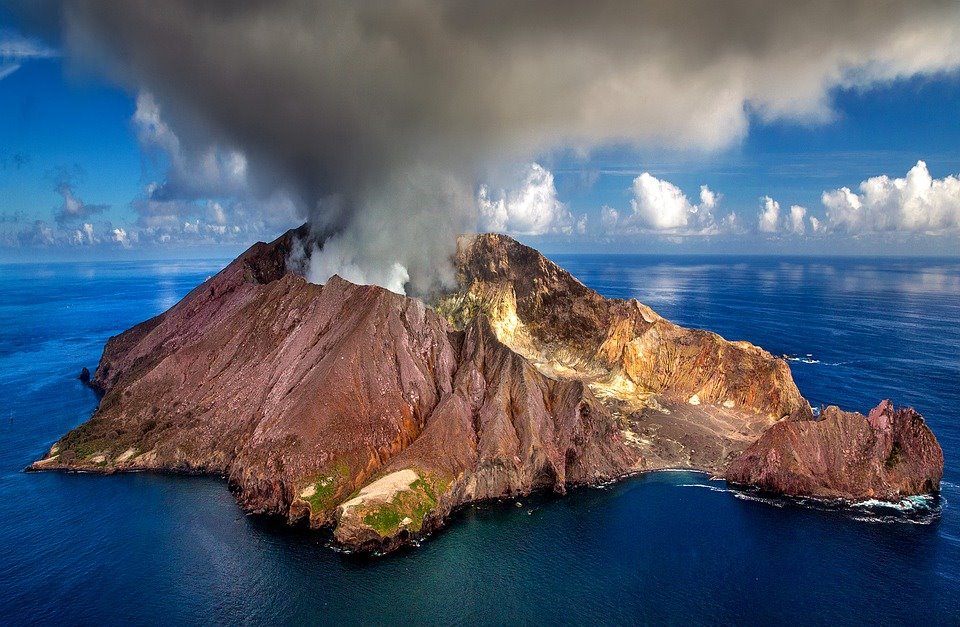@AtmosScience @UniRdg_Met @ECMWF
#VotePlanet #MJO #ENSO #teleconnections #NAO
doi.org/10.1029/2019GL…
Using a reanalysis to incorporate observations from the past 39 winters, we find a robust dependence of teleconnections from the Madden-Julian Oscillation (MJO) to the North Atlantic/European region weather regimes on the state of the El Niño–Southern Oscillation (ENSO)
Our study provides the first evidence to support this: in the form of contingency tables, using the method and format from @cassouman40, Nature (2008); geopotential height composites, to show the flow pattern; and analysis of the physical mechanisms
doi.org/10.1016/j.wace…
metoffice.gov.uk/weather/learn-…


















